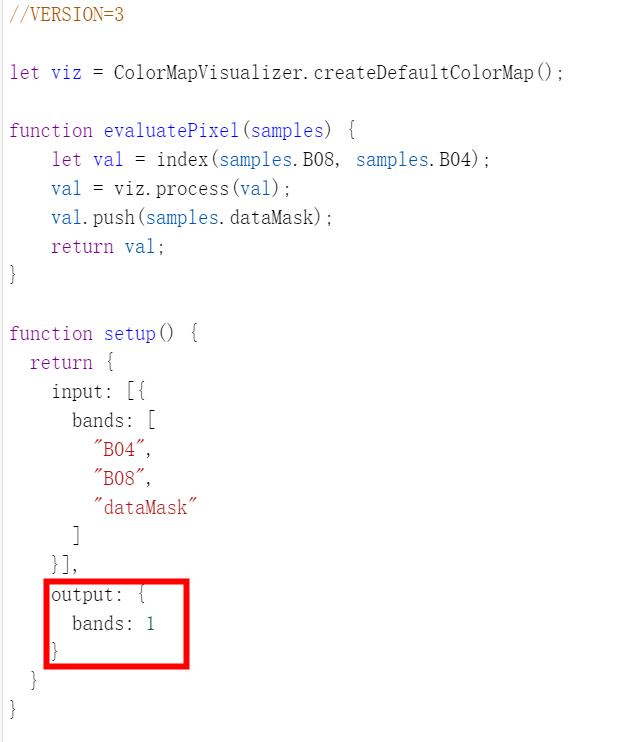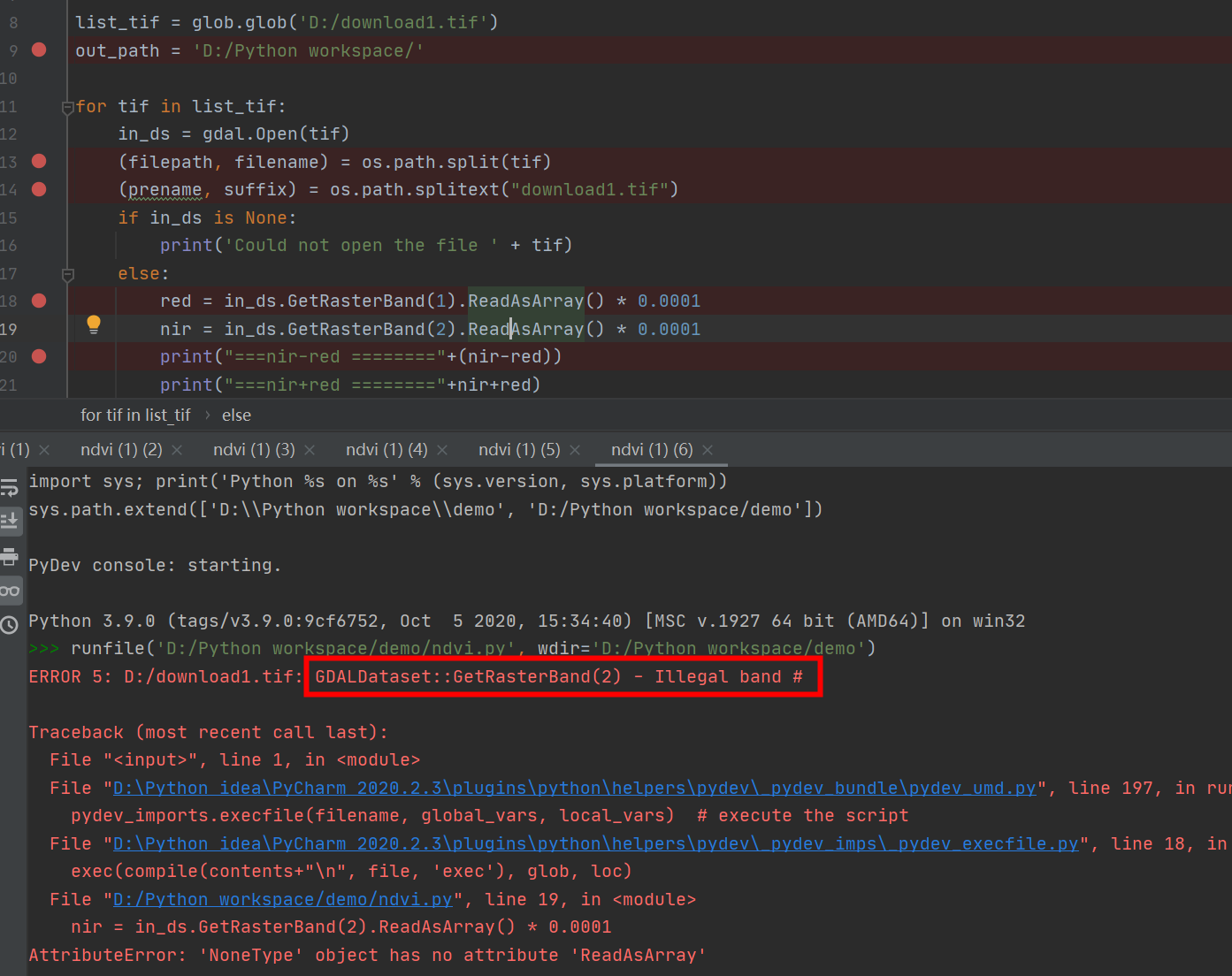Hi anyone,
I need to get the NDVI value of the designated area and time to calculate the estimated water consumption of a certain farm.
- I try to use API: fis-request
The data of October 22, 2020 is obtained, JSON returns four pieces of data, which are C0 / C1 / C2 / C3, I don’t know if it is useful for me. Which data of C0 / C1 / C2 / C3 should have previously
- I also try to use it API:Exact NDVI values using a floating point GeoTIFF
Get an image or TIF file, but I can’t extract the NDVI data in the image. What’s suggestion?



